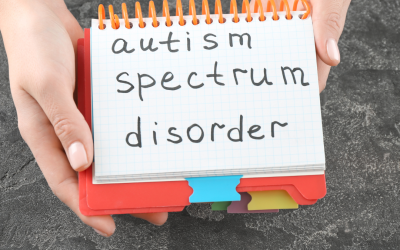How do you know you are Infected with Omicron variant of COVID-19 by Dr. Pankaj Kumar
As we battle the third wave of the pandemic in India, it is important to acknowledge that we learned a lot during the past two years. We now have more experience and knowledge. If we learn from old mistakes and use the newer tools smartly, we should handle this situation better.
We all know, Omicron variant is highly transmissible and can even cause infections among vaccinated people and people who have had Covid-19 previously, we can anticipate a big spike in cases during the first few weeks of the new year.
The most common symptoms of the Omicron variant are cough, fatigue, congestion, runny nose, scratchy sore throat, body ache, headache & fever.
5 warning signs of Omicron –
- Difficulty in breathing.
- Dip in Oxygen saturation.
- Consistent pain/pressure in the chest.
- Mental confusion or inability to arouse.
- Persisting or worsening symptoms beyond 3-4 days.
The principles for limiting spread remain the same as the last wave:
1. Masking – (surgical masks are better than cloth masks, but the ideal masks would be KN95 or N95), ventilation,
2. Double vaccination (with boosters for approved groups),
3. Sanitizing and avoiding the 3 Cs — closed spaces, crowded spaces, and close contact with others.
Those who are completely unvaccinated should be strongly nudged to get vaccinated for everyone’s safety.
So many have taken their first dose but failed to take the second. It’s critical to complete the vaccination schedule, especially with Omicron becoming the dominant variant of the virus.
As per available data & trends seen with Omicron, most individuals who are doubly vaccinated will need no more than symptom-based treatment at home, such as paracetamol for fever, along with the monitoring of oxygen levels with a pulse oximeter. There is no need to rush to hospitals or go seeking oxygen.
Covid patients should only be hospitalized if they have low oxygen levels ( less than 94 percent oxygen saturation on pulse oximetry) or have comorbidities that are serious enough to warrant hospitalization.
During the second wave, there was a lot of confusion leading to over investigation, over medication, and irrational treatments.
For this wave, we must avoid useless and dangerous therapies. The following drugs should be avoided (& taken only with dr.s advice): Favipiravir, Ivermectin, Azithromycin, Doxycycline, Hydroxychloroquine, convalescent plasma, Vitamin C and D, Zinc, Colchicine, Itolizumab, Bevacizumab, Lopinavir-ritonavir, Interferon alpha-2b, Coronil, and other herbal medications.
Since the second wave, three new treatments have emerged and are available in India: Monoclonal antibodies, Molnupiravir and Fluvoxamine. Another anti-viral drug, Paxlovid, developed by Pfizer, has not been approved in India yet. Let your dr. decide best treatment and management for you. It’s presumed that since most Indians have some protection, either from past infection or vaccination, the third wave should cause less severe disease and fewer deaths.
However, with Omicron, we know that such protection may not prevent infection. So, a spike in cases is expected. While we brace ourselves for a huge surge, we must not forget lessons from the last wave and smartly use the tools and knowledge we have.
To sum it up, I always say ” It’s not the data and the number of daily deaths, it who or you?”
COVID -19 may have treatment but stupidity and complacency do not !! Act wise, be healthy. Please feel free to contact me personally for any further queries or advice.
Take care and be safe!
Regards
Dr. Pankaj Kumar
Senior Consultant
Mob. – 9999959044

















